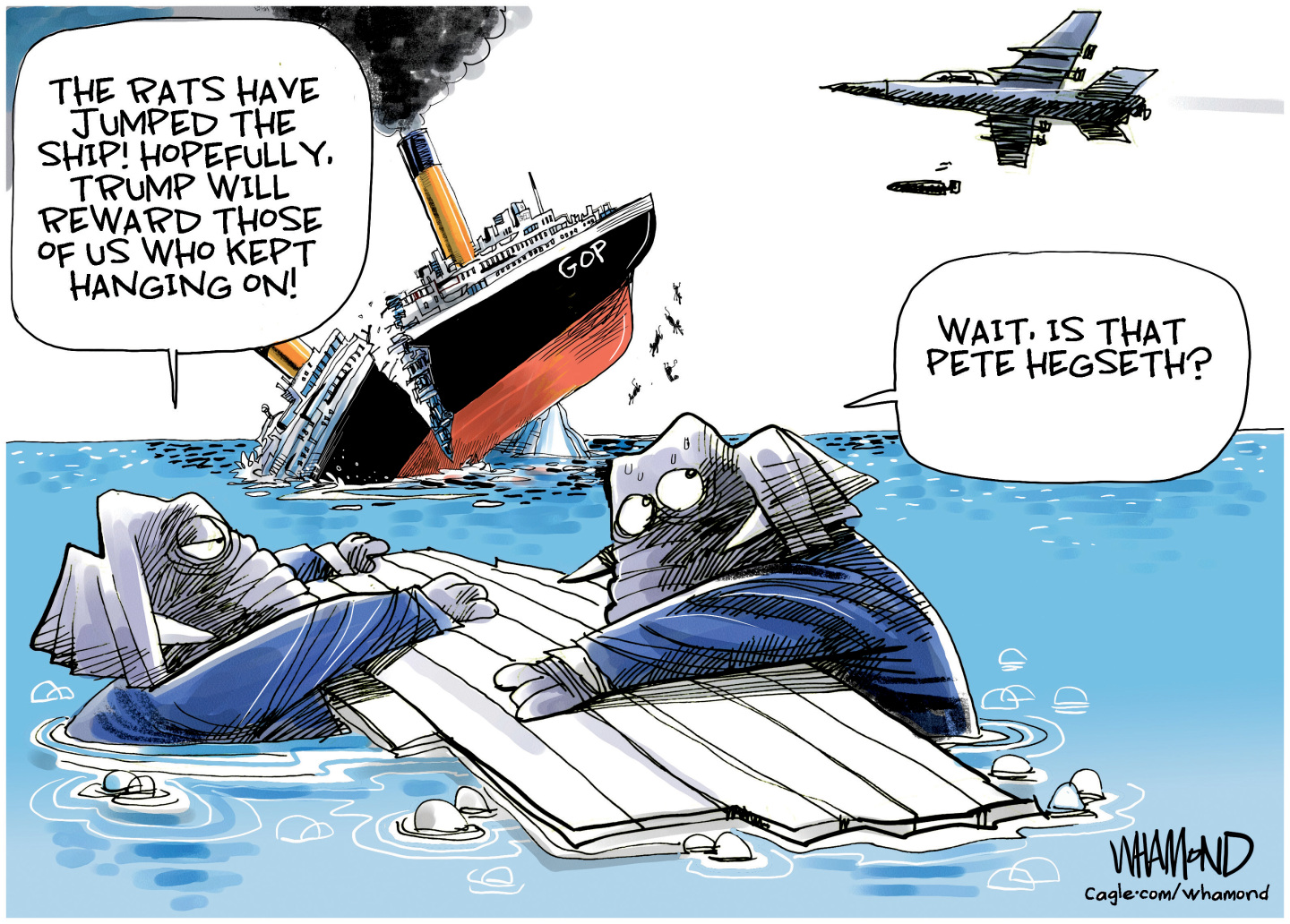Iran: The Twitter revolution
Social-networking tools such as Twitter and Facebook played a vital role in letting protesters in Iran coordinate their activities and get reports out to the watching world.
Let’s admit it right away, said Nancy Johnston in the Baltimore Sun: “Twitter is a funny word,” and also the name of an online service that was, until a few weeks ago, best known as a peerless source of information on what Ashton Kutcher had for breakfast or Paris Hilton’s thoughts about her dog. But not any longer. In the turmoil following Iran’s disputed presidential election last month, with authorities arresting reporters, blocking telecasts, and even confiscating computers, social-networking tools such as Twitter and Facebook played a vital role in letting protesters coordinate their activities and get reports out to the watching world. Armed with smart phones, Iranians also used YouTube and social-networking sites to upload video of the protests and the brutal crackdown that ensued—most notably the violent death of “Neda,” the young woman shot in the heart and killed by a pro-regime gunman. For good reason, the post-election uprising in Iran is being called the “Twitter revolution.”
I hate to break it to you, said Mike Madden in Salon.com, but “Twitter won’t bring down Mahmoud Ahmadinejad.” Yes, the new media helped inform the wider world about what was happening on the streets of Tehran, but social-networking tools are, by definition, not very good at keeping secrets. Using Twitter or Facebook to organize a rally or a strategy session allows government cybersnoops to monitor the rebels’ plans, guaranteeing that the authorities will be there first. For all the pro-reformers’ ingenious micro-blogging, said Thomas Friedman in The New York Times, the mullahs have a trump card: guns. When push really comes to shove, I’ve a grim suspicion that “bang-bang beats tweet-tweet.”
Whatever happens next, the events in Iran nonetheless mark a turning point in human history, said The Sacramento Bee in an editorial. Today, thanks to communication technology in all its many forms, “it’s nearly impossible for a repressive regime to control people’s access to information.” Without that control, it’s hard to see how any autocratic regime can survive for long. And just think of how Twitter and YouTube changed our perception of the Iranian people, said Andrew Sullivan in TheAtlantic.com. Since the Islamic revolution of 1979, we have viewed them—and they, us—with suspicion, hostility, and incomprehension. Then we read the stream of desperate, hopeful, and courageous tweets from Iranian citizens trying to reclaim their freedom and their dignity. The new media “ripped the veil off ‘the other,’ and we began to see them as ourselves.”
The Week
Escape your echo chamber. Get the facts behind the news, plus analysis from multiple perspectives.

Sign up for The Week's Free Newsletters
From our morning news briefing to a weekly Good News Newsletter, get the best of The Week delivered directly to your inbox.
From our morning news briefing to a weekly Good News Newsletter, get the best of The Week delivered directly to your inbox.
A free daily email with the biggest news stories of the day – and the best features from TheWeek.com
-
 Political cartoons for December 20
Political cartoons for December 20Cartoons Saturday’s political cartoons include drowning rats, the ACA, and more
-
 5 fairly vain cartoons about Vanity Fair’s interviews with Susie Wiles
5 fairly vain cartoons about Vanity Fair’s interviews with Susie WilesCartoon Artists take on demolition derby, alcoholic personality, and more
-
 Joanna Trollope: novelist who had a No. 1 bestseller with The Rector’s Wife
Joanna Trollope: novelist who had a No. 1 bestseller with The Rector’s WifeIn the Spotlight Trollope found fame with intelligent novels about the dramas and dilemmas of modern women